Steam rises into the piercing cold winter air as three rows of vehicles wait at a set of red traffic lights.
Meanwhile, pedestrians hurry across to Dundee’s Train Station after walking past the green Low Emission Zone markings on Dock Street.
The condensation is a reminder of the invisible fumes that these buses, cars and lorries produce on a daily basis.
The emissions circulate around in the air we breathe. We know they are harmful for everyone. And now, thanks to a University of Dundee study, we are also beginning to understand they could be having a disproportionate effect on our children.
Air pollution putting children at particular risk, study finds
Professor Jill Belch works in Dundee’s School of Medicine. She is a long term campaigner over air pollution and the harms it may cause. Young people may be sustaining irreparable damage to their lungs, she argues.
This due to the inhalation of harmful particulates emitted by vehicles.
“Children are so much more susceptible to air pollution as their cells are dividing as they grow. Thus, they are more easily damaged by the toxins, never to recover,” she explains.
“NO2 (Nitrogen Oxide) is a chemical that inflames the lungs and produces sticky mucus. This congests the lungs, causing infections a few days later – around six or seven days. That means that parents may not often associate a respiratory problem with air pollution.”
Her comments come as the study identified sharp increases in the number of under-16s being admitted to hospital for respiratory problems after periods of high air pollution.
“What is especially worrying is that these admissions occur at pollution levels which leave adults unaffected, thus stressing the vulnerability of this group”, she added.
City GP believes at least six children he treated could have avoided hospital
The university conducted the study as part of its Tayside Pollution Research Programme. Its findings appeared in the Aerosol and Air Quality Research journal.
Professor Belch and her colleagues used data from almost 35,000 admissions to Dundee’s Ninewells Hospital over a 14-year period.
They were able to cross-reference this data with the average daily nitric oxide level recorded at local air monitoring sites.
This showed that respiratory admissions in children were associated with two weeks worth of cumulative exposure to nitrogen oxides.
The study was co-authored by Dr Munro Stewart from Nethergate Medical Practice in Dundee.
He believes air pollution has contributed to six young people from his surgery being admitted to hospital in the last six months.
Dr Stewart added: “Our study shows that keeping pollution within safe limits could reduce paediatric respiratory admissions by 40%.
“While Scotland has the tightest air pollution regulations in Europe.
“We must ensure that they are actually enforced with measures such as LEZs to protect the wellbeing of our children.
“Air pollution is affecting those living in less-well off areas and those who don’t own vehicles more.”
What role can Dundee’s LEZ play in combating air pollution?
The research conducted by Professor Belch and her colleagues has thrown LEZs back into the limelight, including the Dundee LEZ, where fines will be in operation shortly.
These are areas often in urban centres that restrict traffic to vehicles that meet certain emissions criteria.
In Scotland LEZs have been rolled-out in Dundee, Aberdeen, Edinburgh and Glasgow, but have so far been rejected in Perth and Inverness.
An initial £60 fine for non-compliant vehicles will be implemented from May 30 in Dundee. That comes after a two year grace period.
The Dundee LEZ includes the city centre area inside the A991 Inner Ring Road. But it does not include the Bell Street, West Marketgait and Wellgate car parks.
Friends of the Earth (FEO) Tayside co-ordinator, Andrew Llanwarne has been encouraged by the progress made by Dundee’s LEZ.
“It is unquestionable that in Dundee the quality of air has improved since 2013 and has been improving more quickly in the last five years”, he says.
“We welcome that and it should mean that parents are less worried about their children than they should have been 20 years ago.
“The LEZ is good news because it’s cleaning up the city centre.
“But it’s not going to be safe because there is no safe level of pollution, particularly particulates that mainly come from diesel engines.
“I know that people are going to have to change their vehicles and it could have an impact on small businesses that use trucks.
“I hope people will accept the LEZ and welcome it for the most part as it should lead to a more attractive and healthier city centre.”
‘LEZs are undoubtedly the best way to get rid of air pollution’
Professor Belch also advocates expanding LEZs to combat air pollution through reducing levels of NO2 that fill the air.
This follows London’s example, which increased its zone outwards to the M25 in August 2023.
It now includes 99% of Greater London and is the largest LEZ in the world.
“LEZs are undoubtedly the best way to get rid of air pollution”, adds Professor Belch.
“But it does come at a price to local authorities in terms of installation, monitoring and enforcement.
“That is why community pressure is so important for having these zones adopted.
“The benefits to a child’s health, from the evidence we have gathered, is clear.
“The health effects can take two or three years to emerge but if you look at Germany and France then they are already showing benefits.
“The same will apply in cities like London and Dundee in years to come.
“We know that the air they breathe now will affect them for the rest of their lives.”
Perth missing out on LEZ
According to the World Health Organisation, air pollution contributes to around 6.7 million premature deaths per year.
Children may also be at a higher risk of hospitalisation at lower levels of NOx pollution exposure than adults due to the increased susceptibility of immature lungs.
The findings also suggest that children’s tendency to be outside more frequently than adults increases their exposure.
The FoE revealed the five most polluted streets for nitrogen dioxide and particulate matter in Scotland for 2022 in January 2023.
Streets in Dundee and Perth both featured in its rankings, with the latter not planning to enforce a LEZ.
Atholl Street in Perth was named the most polluted street for particulate matter and third most polluted for nitrogen dioxide.
Lochee Road in Dundee and Cupar’s Bonnygate were also ranked in the top five for most polluted.
FoE members have lamented the lack of progress in Perth where a LEZ is not planned.
Bosses at the charity have also argued that it is an issue on streets in other smaller towns, such as Crieff.
Perth and Kinross Council has been approached for comment.
Mr Llanwarne added: “Atholl Street is dreadful because there’s a whole series of traffic lights.
“It carries a lot of the traffic that goes over the Smeaton’s Bridge and along Crieff Road or up to Inveralmond on the A9.”
He also warned the elderly are another group at risk. He suggested that “you don’t often see air pollution down as one of the causes of death for someone”.
“They die of respiratory failure, pulmonary conditions or indeed, heart conditions or even brain cancer.
“The air is poisonous and it’s just that most of us are more robust.
“It’s affecting the very young who have got vulnerable bodies and the very old who have got existing conditions.”
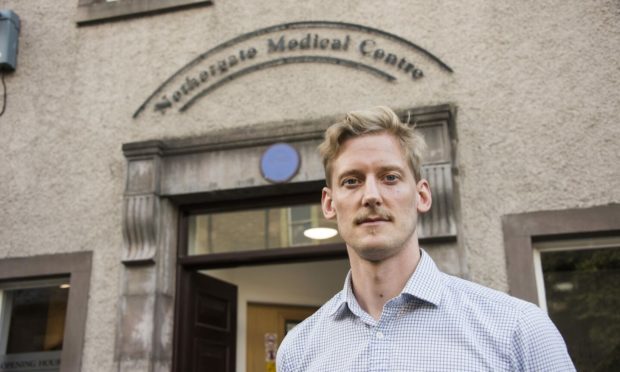
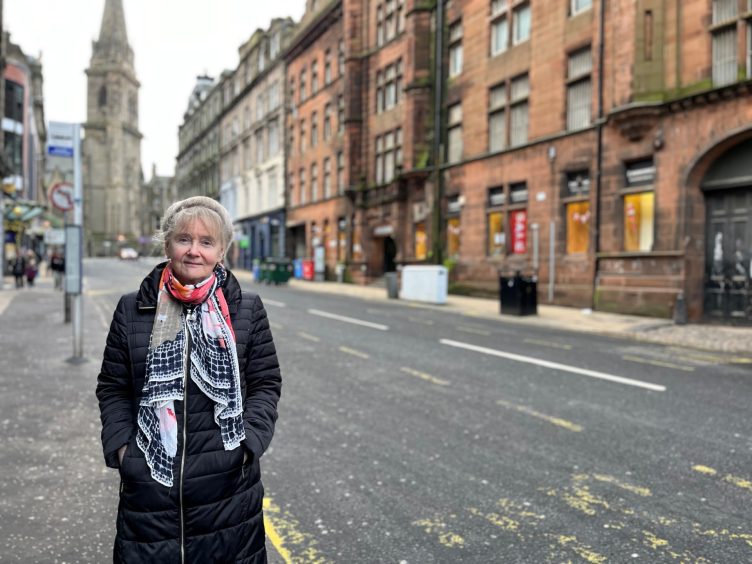
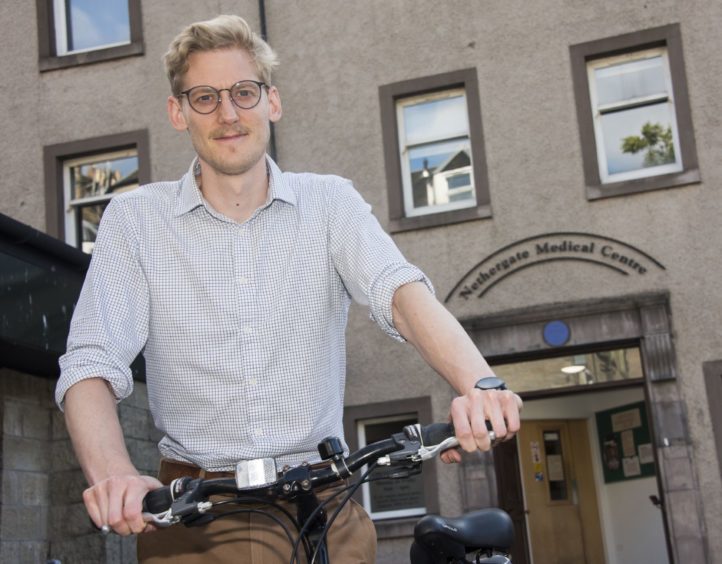
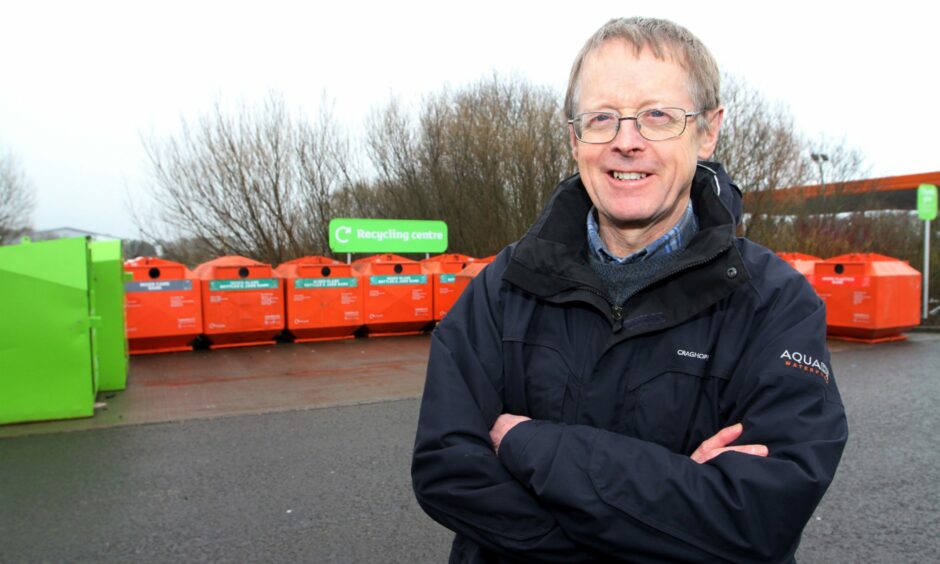

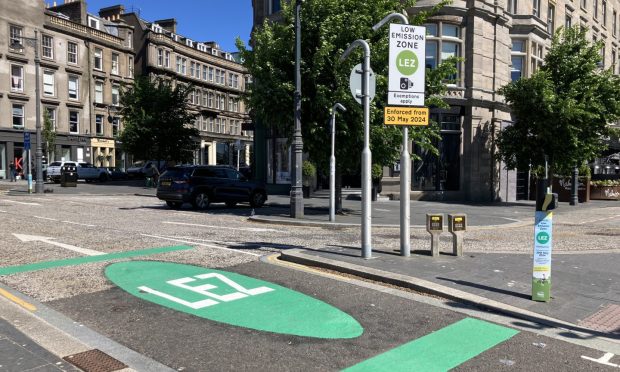
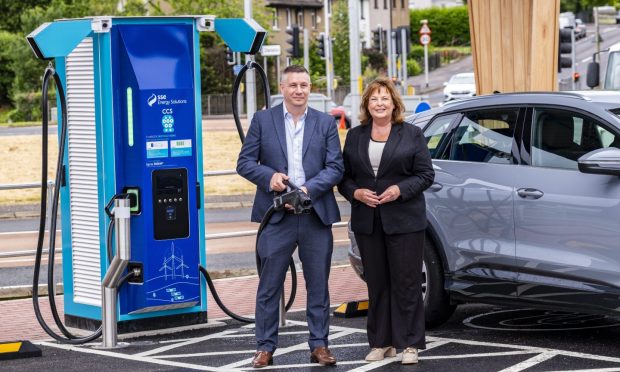
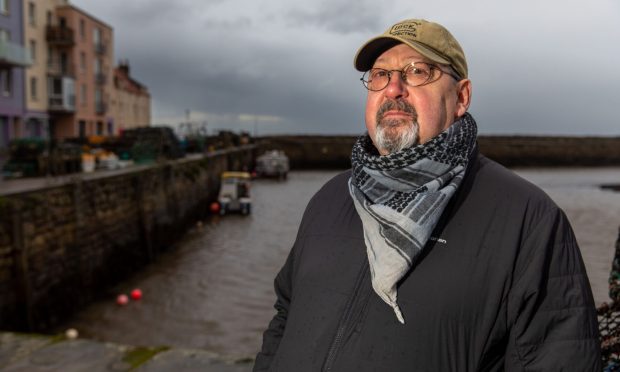

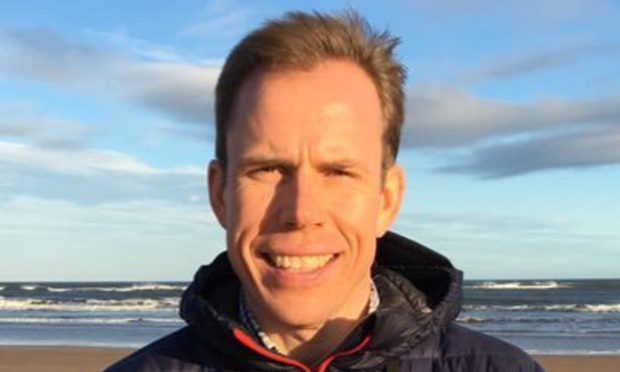
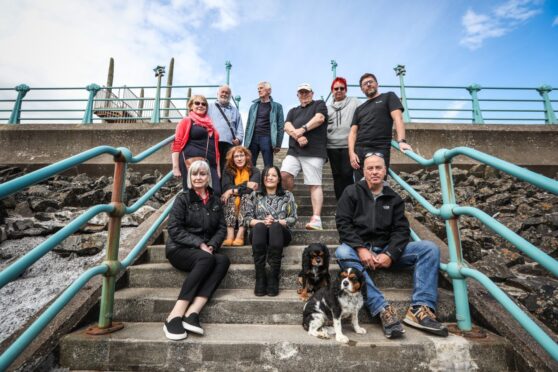

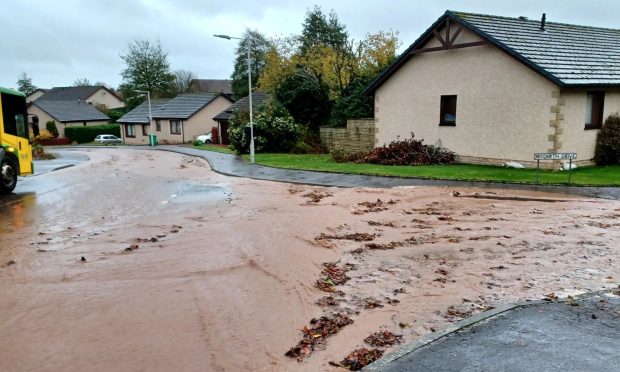
Conversation